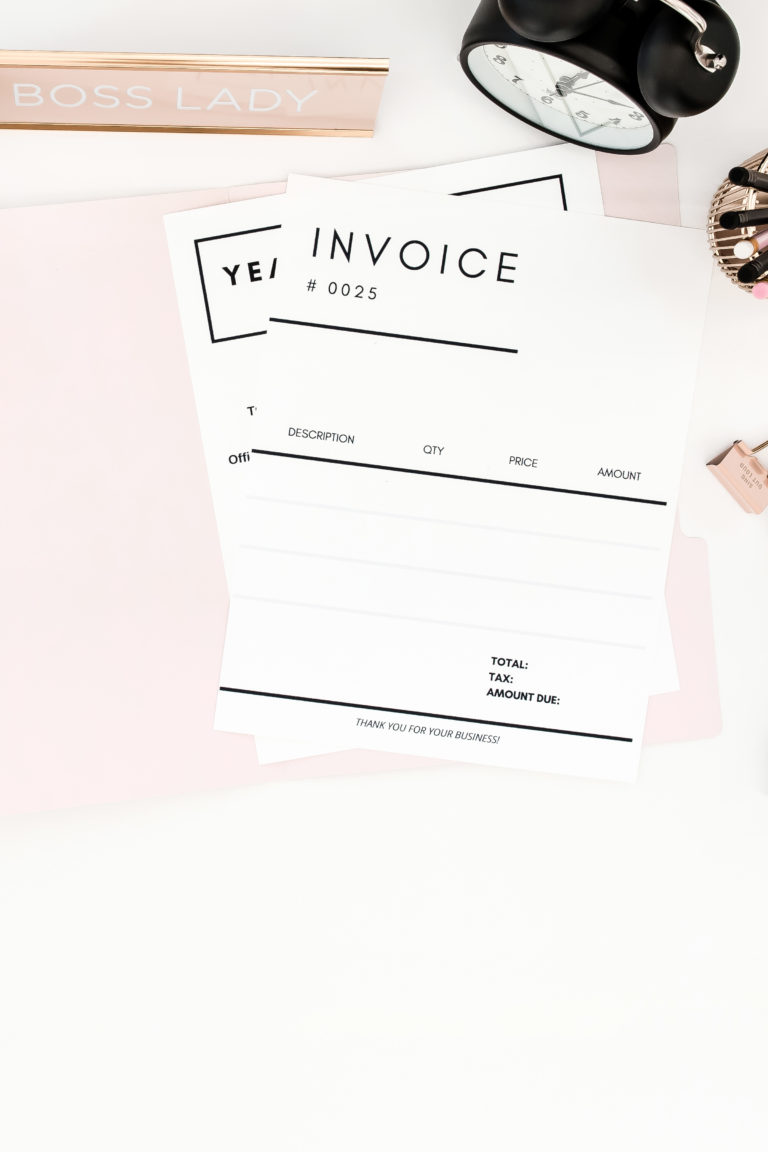Expense Coding: How To Do It Right
If I had a dollar for the amount of Xero files I’ve opened only to find most expenses lumped in ‘general expenses’ I’d be a very rich lady.
The problem(s) (there are many!) using general expenses as a free for all is firstly, you can’t actually see what your expenses are. Coding them under the relevant account enables you to pull reports showing just how much you spent on common business expenses.
Secondly, coding your expenses the right way makes your BAS lodgements and Tax Returns so much easier to prepare. A simple data pull and cross check will give you the figures you need.
So with all of that in mind, here are my top tips on how to code your expenses the right way.
Get clear on what a business expense is
I see a whole lot of people claiming in the grey area and really, it is black and white. A business expense can only be claimed as a business expense when:
- The expense is related to business not your personal outgoings. For example, a trip to the hairdressers doesn’t count as a business expense even if you spend half your life on Instagram Stories, lol.
- If the expense is a mix of business and private, you can only claim the business portion of the expense.
- Receipts are crucial! Don’t ever throw them away because business expenses cannot be claimed without one.
Set up bank fees
When I work with new clients, one of my first moves is to create new sub accounts for bank fees. The cost of bank fees can really add up and if you track your business ones, you can claim them in your tax expenses.
For example, sub accounts could include:
- Bank Fees – AfterPay
- Bank Fees – Shopify
- Bank Fees – Stripe
- Bank Fees – TransferWise
- Bank Fees – ZipMoney
Reminder; don’t forget to include the fees charged by Shopify, Stripe all those ones who keep their cut before they pass the funds over to you.
Pro Tip – if you have PayPal and/or Stripe as a bank feed in your Xero file, it brings all the fees in as well so you don’t miss them!
Set-up marketing & advertising
I see a lot of ‘marketing and advertising’ expense accounts that are super unclear. If you’d like to track your outgoings properly, you’ll need to set up appropriate sub accounts, just like bank fees. For example, you can break them down like this:
- Advertising: general ad spend, like advertising your gorgeous products in a magazine
- Advertising – Social Media: your spend on social media advertising (think FB & Pinterest etc)
- Advertising – Social Media Management: contractor fees if you outsource this task
- Advertising – PR: contractor fees or fees associated with paid public relations opportunities
- Marketing/Creative: contractor fees associated with graphic design and printing and items related to marketing your business.
The bonus setting your marketing expenses up this way is being able to pull detailed accurate reports and work out your return on investment quickly.
Claim all your software expenses
You’d be surprised at how many clients have multiple software expenses they aren’t claiming. It’s easy to forget with the barrage of shiny new apps out there. Take stock of what you’re paying for and review you’re still using them and you’r on the right plan level.
If you’re registered for GST. also keep in mind that many overseas based subscriptions don’t charge GST which means you can’t claim any on those. Want a bit more help on this one? Go to number 10 on these GST mistakes.
An example of the common subscriptions are:
- Xero
- Microsoft (for your Teams, Word, Excel etc)
- Social Media Schedulers (Sked, Planoly….)
- Professional Stock Photography
- Canva
- Adobe
- Zapier
- Dropbox
- Zoom
- And all the others!
And these can all go under ‘Software inc Subscriptions’. If it’s for your website, like Wix, Shopify, WordPress Addons, your website/email hosting I put these under ‘Website & Email Expenses’.
Do you see a common theme here? It’s to have really clear and meaningful accounts for expense types that are custom to your business! It’s how I run my clients’ books and I know they appreciate the clarity it brings.
Disclaimer: don’t get carried away, you don’t want a separate account for every single purchase or your list will be a mile long – just be sure not to lump everything in the one bucket. And don’t be worried when your tax agent combines them on your tax return, because the ATO doesn’t want all that nitty gritty.
Here’s a 2 minute video on how to quickly & easily check in on your biggest or favourite expenses in Xero, without having to run or read a Profit & Loss to get you started!
I hope this has helped and as always, if you are ready to have a savvy & trustworthy numbers team supporting you, feel free to book a free discovery call with me.






